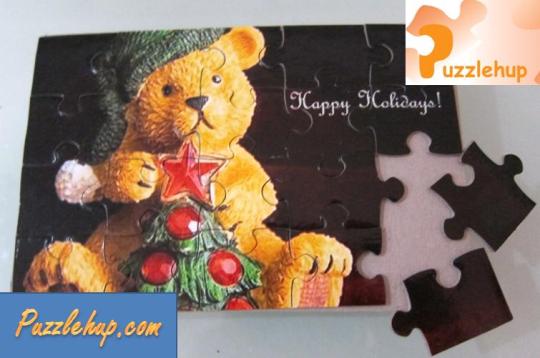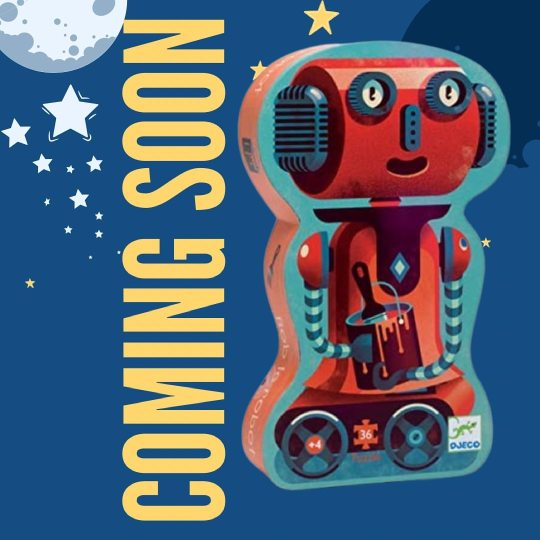#puzzlestore
Explore tagged Tumblr posts
Photo

puzzle store, puzzlehup.com, https://www.puzzlehup.com #puzzle #puzzles #puzzlestore #puzzlestores #puzzlesstore #puzzlesstores #storepuzzles #storepuzzle #storespuzzle #storespuzzles #puzzlesuppliers #supplierspuzzle #puzzlescompanies #puzzlecompany #puzzleagency #companypuzzle #puzzlecompanies #companiespuzzles #companiespuzzle #puzzlesagencies #puzzleagencies #agenciespuzzles #shopspuzzle #shoppuzzle #puzzleshop #puzzleshops #buypuzzle #游戏 #游戏店 #游戏商店
#puzzle#puzzles#puzzlestore#puzzlestores#puzzlesstore#puzzlesstores#storepuzzles#storepuzzle#storespuzzle#storespuzzles#puzzlesuppliers#supplierspuzzle#puzzlescompanies#puzzlecompany#puzzleagency#companypuzzle#puzzlecompanies#companiespuzzles#companiespuzzle#puzzlesagencies#puzzleagencies#agenciespuzzles#shopspuzzle#shoppuzzle#puzzleshop#puzzleshops#buypuzzle#游戏#游戏店#游戏商店
1 note
·
View note
Photo

Meet Bob, our intrepid, adorable android; build this puzzle as he helps build and paint a futuristic rocket ship Packaged in a box shaped just like the Bob the Robot, complete with his trusty paint can and brush; 36-pieces creates a puzzle 16 x 12 inches Helps develop motor skills, problem solving, memory, concentration, color and shape matching and visual reasoning All DJECO puzzles are made for the highest quality materials that resist peeling, fading and creasing; precision cutting assures all pieced fit together smoothly and easily A great gift for the intrepid toddler puzzler ages 4+ . . . . . #djecopuzzle #puzzlerobot #robot #toys #puzzlestore #jigsawpuzzles #imagination #creative #quiettime #homeactivitieswithkids #kidsactivities #kidactivitiesathome #onlinetoystore #toyshop #toyshopping #giftideas #birthdaygiftforkids (at Disney World, Orlando) https://www.instagram.com/p/COeLwMslKfT/?igshid=1vt1xe1v3uq5t
#djecopuzzle#puzzlerobot#robot#toys#puzzlestore#jigsawpuzzles#imagination#creative#quiettime#homeactivitieswithkids#kidsactivities#kidactivitiesathome#onlinetoystore#toyshop#toyshopping#giftideas#birthdaygiftforkids
0 notes